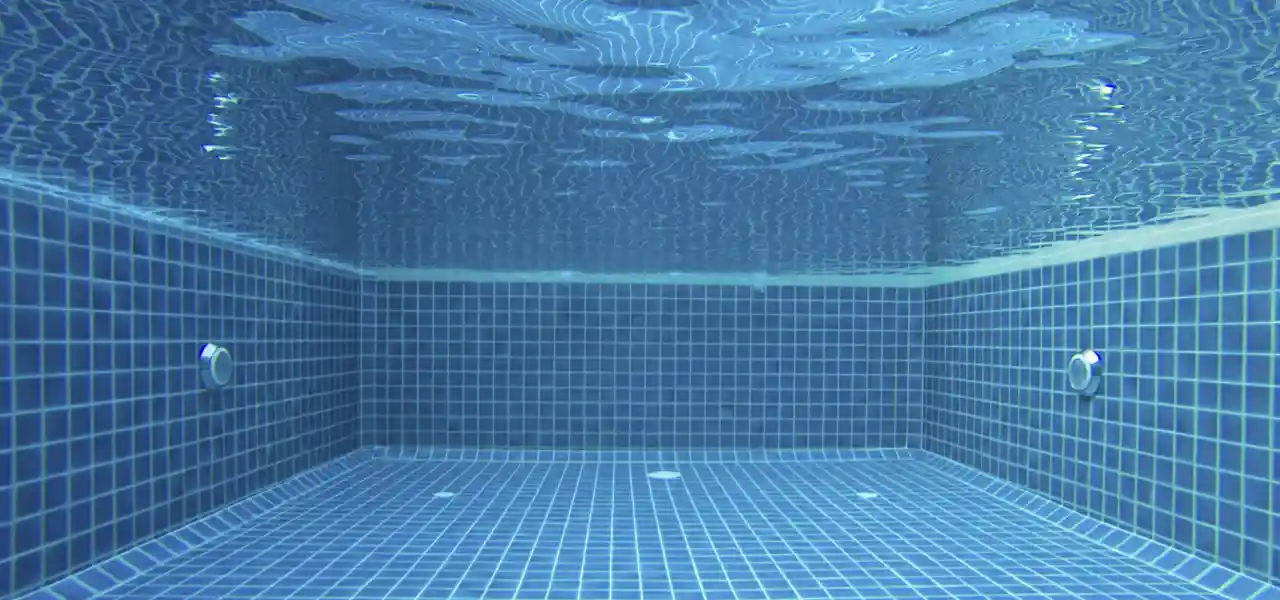FREE Standard Shipping On All Orders $100 or More!*

Total Dissolved Solids in Swimming Pools
Remember that science experiment in eighth grade? Keep pouring and stirring sugar (or salt) into a glass of water, and eventually it will stop dissolving - this happens when the water reaches it's saturation point. The TDS gets too high - this can happen in your swimming pool, too.
Today's topic is about TDS, otherwise known as Total Dissolved Solids.
What is Total Dissolved Solids?

Total Dissolved Solids, or TDS, is the measurement of all dissolved substances in your pool water. Common dissolved solids are magnesium, potassium, sulfates, carbonates, irons, other metals, minerals, carbonates/bicarbonates, anionic and cationic substances, and salts.
Everything you add to the water increases its TDS, including chlorine, shock, water balancers such as pH increaser or reducer, algaecide, clarifiers, etc. Even swimming in your pool adds to your TDS level, with sweat, hairspray, deodorant, perfume and other substances coming off the bodies of swimmers. And everything that blows in on the wind or washes in from the rain also contributes to your TDS level.
What is the Ideal Total Dissolved Solids Level?

Ideally, your TDS level should be under 2000 ppm. When it gets higher than this it can decrease the effectiveness of chlorine while also causing skin and eye irritation to swimmers and metal corrosion of your pool equipment. Cloudy water and scaly deposits occur more easily.
High TDS can over-saturate your pool water, causing water quality problems. Pool water with a high TDS reading can be aggressive or corrosive, and can be the cause of cloudy water, elevated hardness, scale, and an unwanted metallic taste. Dissolved solids can affect your pH and can reduce the efficiency of chlorine.
When your TDS level gets too high, you may notice an unpleasant salty taste to your pool water. This is because many of the chemicals that we use for pool maintenance contain sodium – water balancers such as sodium carbonate, sodium bicarbonate, sodium bisulfate and liquid chlorine shock (sodium hypochlorite).
Signs of a high Total Dissolved Solids level in pools
- Frequent cloudy water problems
- Scale and stains on tile and plaster
- Trouble keeping chlorine level
- Salty taste to water
How to test for high Total Dissolved Solids
To check if you have a problem with high TDS in your pool (2000 ppm or more), you can test the water with an TDS test meter (very accurate) or a TDS test strip (less accurate).
If your pool has frequent bouts of algae, cloudy water, or trouble keeping a chlorine level, you may have too many dissolved solids in the water. TDS can build up in 3-5 years on pools that don't add much replacement water, such as indoor pools, covered pools, or pools in arid regions.
How to Fix Total Dissolved Solids Problems in Pools

When it comes to resolving high TDS, the solution is dilution. There is no miracle product that will remove TDS from your pool water. The easiest way to lower your pool’s TDS level is to drain and refill it with fresh water, either partially or completely, depending on how high the level has become.
"Can't I just run my filter longer to remove TDS?"
No, pool filters remove suspended particles in your pool water, but they won’t remove dissolved materials. There are pool water recycling companies in some areas which can pump all of your pool water through a reverse osmosis filter, returning it to the pool with solids removed.
"Won't evaporation help reduce TDS?"
Actually, when water evaporates this increases the dissolved solids, until replacement water is added that is. Periodically adding fresh water to your pool will help keep your TDS level in check.
Backwashing your filter uses water from your pool which will then have to be replaced with fresh water. Splash out also causes a need for fresh water to be added to your pool. If you have a lot of kids playing in the pool, having water fights and splashing the adults, next thing you know you’re dragging the hose over to put in some more water.